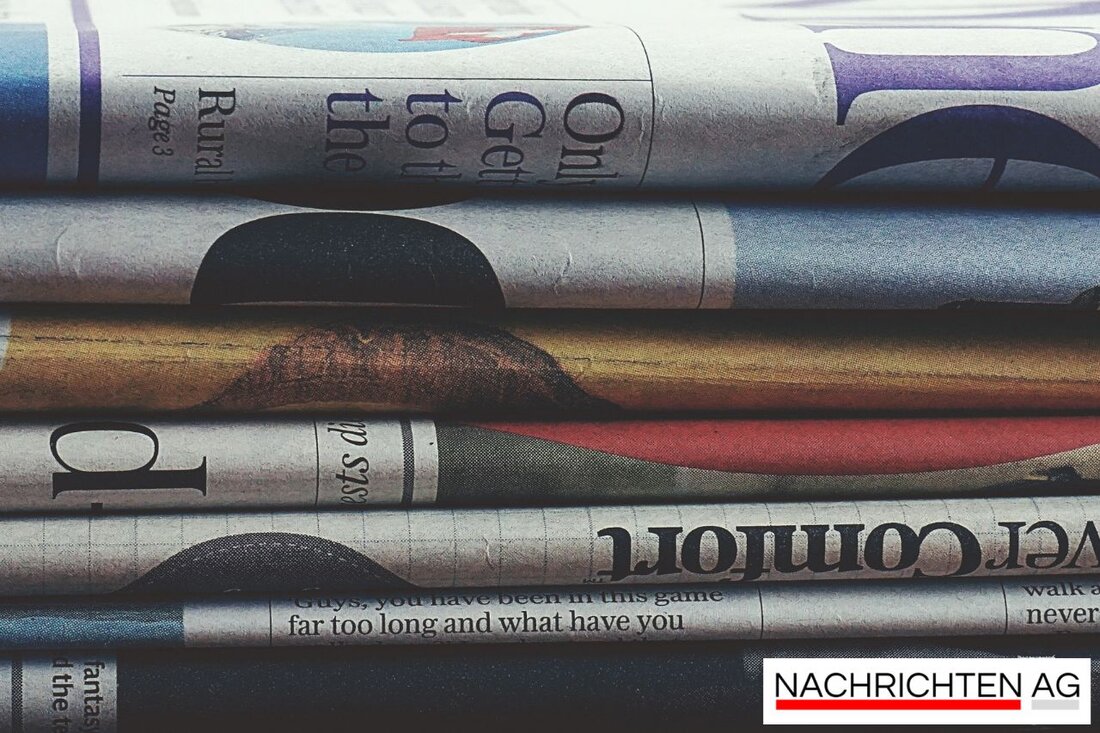Munich relies on low-blue light LEDs: A step towards healthier nights!
Milbertshofen calls for environmentally friendly LED lighting in the Olympic Park for better health and less blue light exposure.

Munich relies on low-blue light LEDs: A step towards healthier nights!
In the heart of Munich there is a fresh debate about lighting in the Olympic Park. The Milbertshofen District Committee has asked the city administration to switch to LED lights with less blue light. The aim is to provide more health-friendly lighting that benefits both residents and the environment.
LED lights are popular - they use less energy and produce less heat than conventional light bulbs. However, there are concerns about the amount of blue light, which could potentially be problematic for both sleep and citizens' health. A statement from SCHEER clarifies that exposure to blue light increases, especially with prolonged use of screens and LED lights in various everyday applications. This detects contamination from bright, blue light, which can disrupt sleep patterns, especially in the evening.
Health considerations
When discussing the conversion to LED lighting in the Olympic Park, the focus is not only on technological aspects. The application for the use of Amber LEDs or PC Amber LEDs emphasizes the advantages of this lower light technology. These lights, with a color temperature of 1800 to 2200 Kelvin, are said to not only improve residents' sleep, but also reduce glare and are more insect-friendly because they emit less bright light. In particular, the ÖDP, Free Voters and the Greens had previously called for low-blue light LEDs to be used when changing lighting in the district. However, these requirements were later withdrawn.
Another concern concerns the outdoor lighting of schools in the district, but this did not receive the necessary majority. Critics argue that sufficient lighting is essential for traffic safety and winter use.
Risks and Recommendations
The health concerns surrounding blue light are complex. A review by the Ergo You notes that excessive exposure to blue light can cause symptoms such as headaches and eye damage. There is evidence that children in particular are more sensitive to blue light, and some studies suggest that immersive lighting can have negative effects on circadian rhythms.
To prevent these health risks, experts recommend taking regular breaks from screen use, using blue light filters and eye-friendly monitors. These precautionary measures are crucial to managing the possible negative effects of blue light.
The ongoing discussion about LED technology in Munich's Olympic Park shows that not only technological innovations but also health concerns must be taken into account. Switching to lower-blue light LEDs could be a solution that benefits both the environment and the well-being of residents.

 Suche
Suche
 Mein Konto
Mein Konto